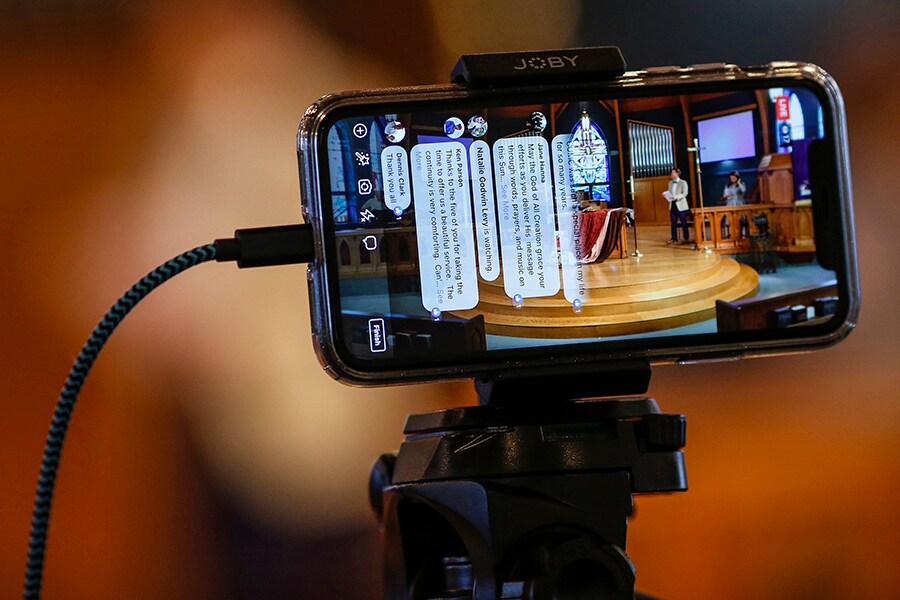
In setback for Apple, EU seeks common charger for all phones
Apple, whose iPhones are equipped with a different port, has long opposed the plan, arguing that it would stifle innovation and lead to more electronic waste as all current chargers that are not USB-C would become obsolete
 An Apple iPhone plugged into a Lightning connector cable is used to stream a church service in Chapel Hill, N.C., March 15, 2020. The European Union is moving toward requiring all mobile devises use USB-C connectors — different from the Lightning connectors used in Apple iPhones
An Apple iPhone plugged into a Lightning connector cable is used to stream a church service in Chapel Hill, N.C., March 15, 2020. The European Union is moving toward requiring all mobile devises use USB-C connectors — different from the Lightning connectors used in Apple iPhones
Image: Eamon Queeney/The New York Times
The European Union unveiled plans Thursday to make USB-C connectors the standard charging port for all smartphones, tablets and other electronic devices sold across the bloc, an initiative it says will reduce environmental waste but that is likely to hit Apple the hardest.
The move would represent a long-awaited, yet aggressive step into product-making decisions by the European Commission, the bloc’s executive arm. Apple, whose iPhones are equipped with a different port, has long opposed the plan, arguing that it would stifle innovation and lead to more electronic waste as all current chargers that are not USB-C would become obsolete.
The new legislation is likely to come into effect in 2024 because it first needs to be approved by the European Parliament and then adopted by manufacturers. Besides phones, it would apply to cameras, headphones, portable speakers and video game consoles.
Wireless chargers would not be affected, but the main change would come for iPhones, which currently have a proprietary Lightning charging port.
“What are we offering? More freedom, fewer costs,” and less electronic waste, Thierry Breton, the European commissioner for trade, said at a news conference Thursday.
©2019 New York Times News Service




